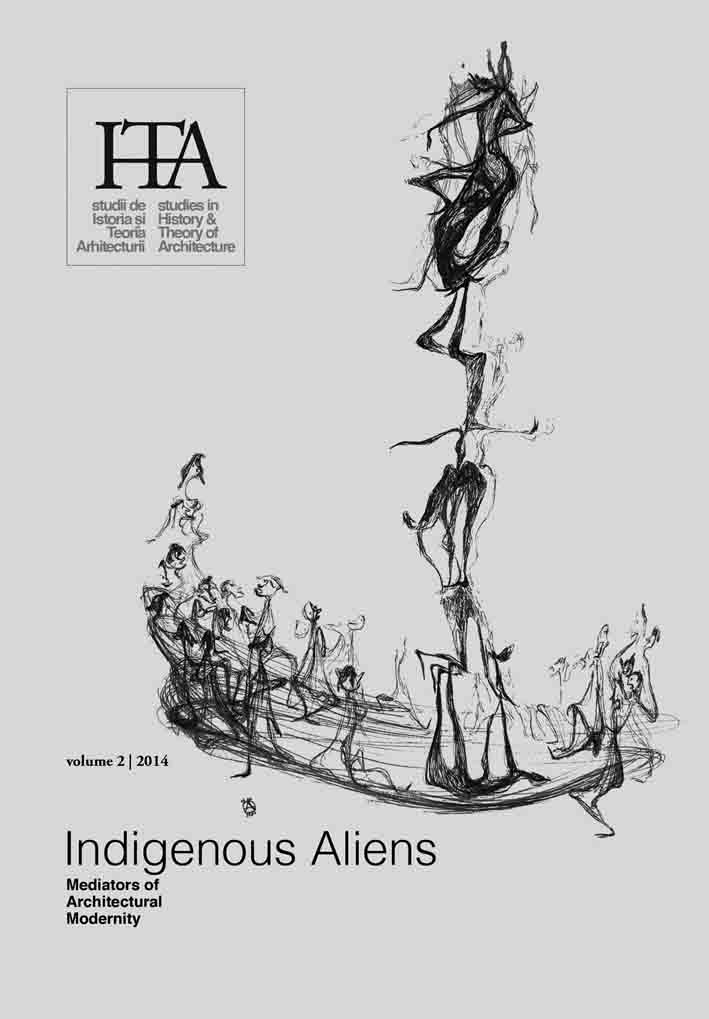Professor Alifanti’s Notebooks
Professor Alifanti’s Notebooks
Author(s): Ana Maria Zahariade, Radu Tudor PontaSubject(s): Architecture
Published by: Universitatea de Arhitectură şi Urbanism »Ion Mincu«
Keywords: notebooks; design theory; drawing; architecture under Communism
Summary/Abstract: We have the unique opportunity of looking into several unpublished, hard to classify documents: forty notebooks witnessing the life story of Professor Mircea Alifanti (1914-1999), one of the most remarkable architects and, paradoxically, one of the most inconspicuous professionals of the communist era. We knew about them. They were almost a legend... We are grateful to the Florian family, the professor’s heirs, for making them available to us with such gracious generosity. On the occasion of Professor Mircea Alifanti’s Centennial, the article tries to delineate the architect within his epoch and place, by means of his forty notebooks – novel documents that the professor’s heirs had the gracious generosity to make available to us. He was one of the most remarkable architects of the communist era, he understood, theorised and taught architecture and the architectural project in a unique way, in times when local modernity was dictated by the party ideology, when the professional discourse was almost absent. We shall illustrate his stance with two moments: the design for the Baia Mare Prefecture and his withdrawal from the professional scene. More is known about the former: it was published, it was the object of study trips, of his colleagues’ amazement, since the building represented, an unusually critical design, for which the notebooks provide new information. Little is known of the final moment of his professional career; those who know about it are reluctant to talk, since his unusual withdrawal spotlights the embarrassing issue of a collective guilt. Yet, these moments are essential to describe him; both speak of an unusual understanding of the profession; both are exemplary within the Romanian professional milieu of the time and, we dare say, in the modern European context as well.
Journal: sITA – studii de Istoria şi Teoria Arhitecturii
- Issue Year: 2014
- Issue No: 2
- Page Range: 163-187
- Page Count: 25
- Language: English

